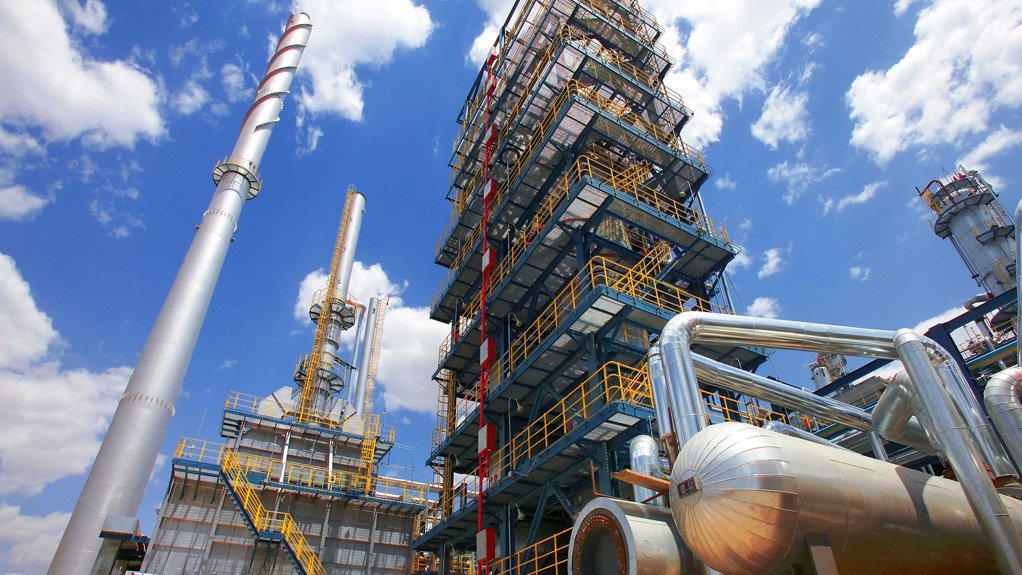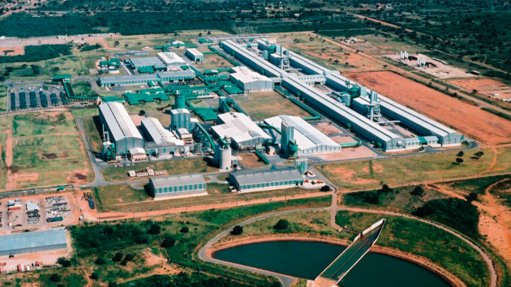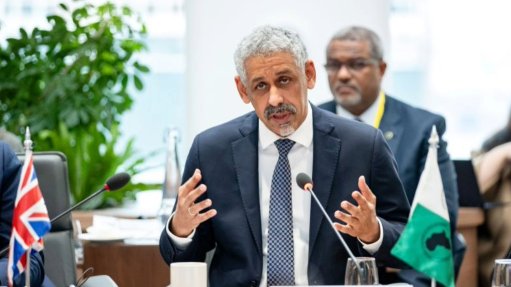Initiatives aim to reduce carbon footprint and production costs


GENERAL PUBLIC PERCEPTION The general public perception is that coal is a dirty and undesirable environment-costly option
Current initiatives in the global synthetic fuels (synfuels) industry are focusing on using coal feedstock more efficiently to reduce operational and capital costs of production, states chemicals process engineering company Holland & Hausberger CEO Dr Brendon Hausberger.
“These initiatives are required as the general public perception is that coal is a dirty and undesirable environment-costly option. This view is changing slowly in some areas, owing to better awareness of the realties and possibilities of clean coal.”
In many cases, this perception has hindered foreign investments that could fund the efficient use of coal feedstock, he claims. However, Hausberger says coal-using industries can address this by advocating for the ability of coal to meet the requirements of a triple bottom-line evaluation.
He explains that this triple bottom-line assessment considers the three criteria of economics, as well as the environmental and social impact of projects and business operations.
In this way, he notes that these companies can do business with these fossil resources, cognisant of the long-term impact of their operations, and realistically address such concerns.
“Coal is not likely to ever be a zero- emissions option, but, given the resource balance in the northern hemisphere, along with the economic development priorities, there are responsible options that can be implemented and performed in an environmentally responsible fashion,” he explains.
Hausberger further points out that improved gasification efficiency, heat recovery and integration to reduce the cooling load, as well as associated water consumption, are some of the initiatives in the synfuels industry.
“The concept of these initiatives has been very well received by management and investors [in the synfuels industry]. Several of the concepts have been proven and have successfully been implemented in recent gas- to-liquid projects.”
However, coal-to-liquid (CTL) projects still face challenges in terms of the scale of capital that is required for projects, which Hausberger states will be needed for these projects to be executed successfully.
He further mentions that the improved efficiency of these alternative uses of coal stock provide multiple commercial and strategic benefits.
“Firstly, increasing the efficiency of administrative use reduces the amount of coal required, and processing less material means that, for the same scale of production, smaller equipment is required, other than a con- comitant reduction in capital costs.”
This, he adds, also means that a smaller coal resource can be used for the processing of feedstock. By default, this means that carbon emissions are reduced for the same volume of production.
Further, a secondary impact of improved efficiency is a reduction in waste heat, which directly translates into less water use.
Another challenge to the CTL industry, Hausberger notes, is the concern over petroleum availability.
He explains that the state of peak crude oil has been predicted on several occasions and, to date, improvements in extraction technology – such as with shale oil and deep-water extraction – have come to the rescue of petroleum availability.
“When this is taken into consideration with the programmes in the US and Europe to adopt alternatives to liquid fuels, investors in CTL projects would be wise to ensure that the technology being implemented allows for long-term conversion to chemical production,” Hausberger cautions.
He notes that this refers to petrol and diesel, as the downfall of aviation fuels is coming “a lot further down the line”.
He says coal users need to genuinely apply state-of- the-art technology, as well as maintain and improve the performance of coal plants over their lifetime.
“In this way, we can develop and maintain a cleaner coal industry with all the socioeconomic benefits it can provide.”
Article Enquiry
Email Article
Save Article
Feedback
To advertise email advertising@creamermedia.co.za or click here
Comments
Press Office
Announcements
What's On
Subscribe to improve your user experience...
Option 1 (equivalent of R125 a month):
Receive a weekly copy of Creamer Media's Engineering News & Mining Weekly magazine
(print copy for those in South Africa and e-magazine for those outside of South Africa)
Receive daily email newsletters
Access to full search results
Access archive of magazine back copies
Access to Projects in Progress
Access to ONE Research Report of your choice in PDF format
Option 2 (equivalent of R375 a month):
All benefits from Option 1
PLUS
Access to Creamer Media's Research Channel Africa for ALL Research Reports, in PDF format, on various industrial and mining sectors
including Electricity; Water; Energy Transition; Hydrogen; Roads, Rail and Ports; Coal; Gold; Platinum; Battery Metals; etc.
Already a subscriber?
Forgotten your password?
Receive weekly copy of Creamer Media's Engineering News & Mining Weekly magazine (print copy for those in South Africa and e-magazine for those outside of South Africa)
➕
Recieve daily email newsletters
➕
Access to full search results
➕
Access archive of magazine back copies
➕
Access to Projects in Progress
➕
Access to ONE Research Report of your choice in PDF format
RESEARCH CHANNEL AFRICA
R4500 (equivalent of R375 a month)
SUBSCRIBEAll benefits from Option 1
➕
Access to Creamer Media's Research Channel Africa for ALL Research Reports on various industrial and mining sectors, in PDF format, including on:
Electricity
➕
Water
➕
Energy Transition
➕
Hydrogen
➕
Roads, Rail and Ports
➕
Coal
➕
Gold
➕
Platinum
➕
Battery Metals
➕
etc.
Receive all benefits from Option 1 or Option 2 delivered to numerous people at your company
➕
Multiple User names and Passwords for simultaneous log-ins
➕
Intranet integration access to all in your organisation



















